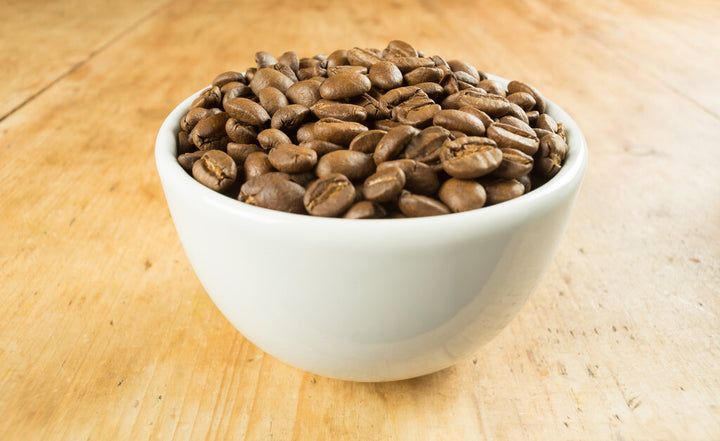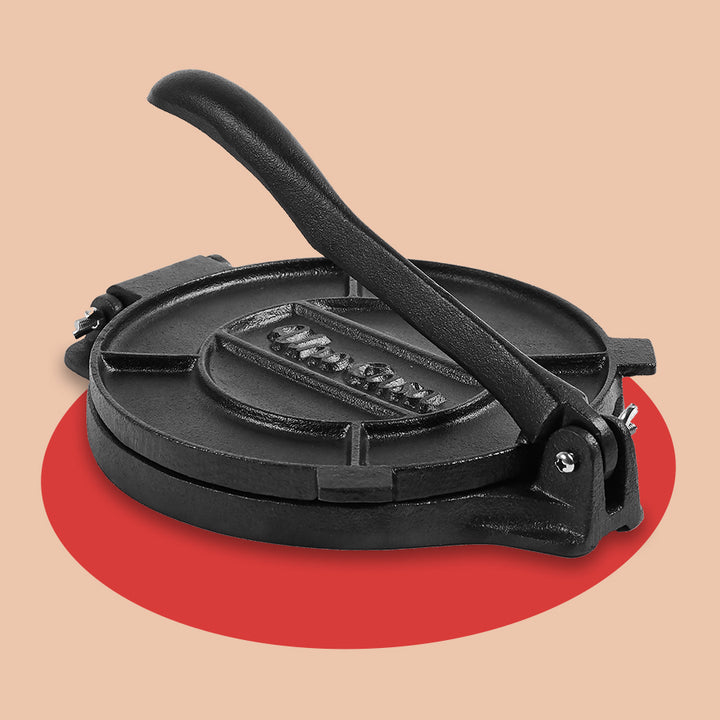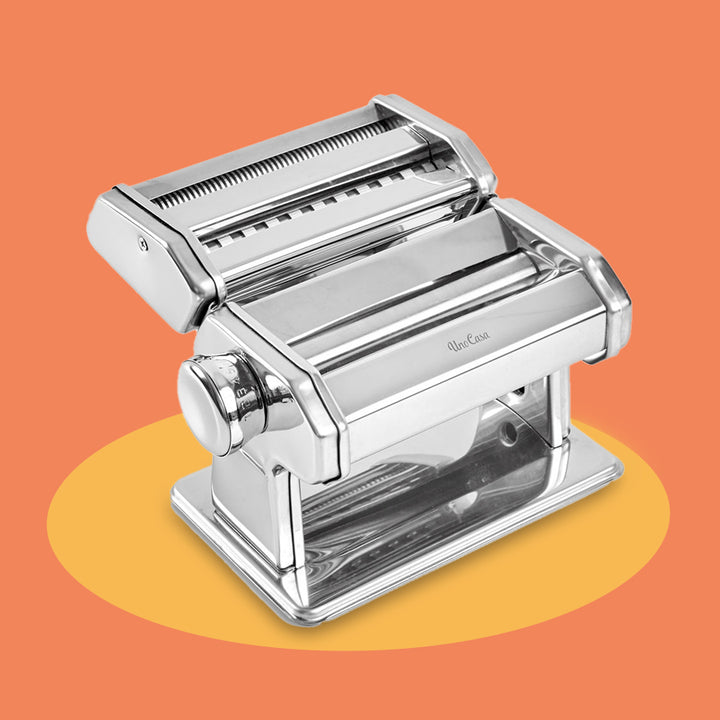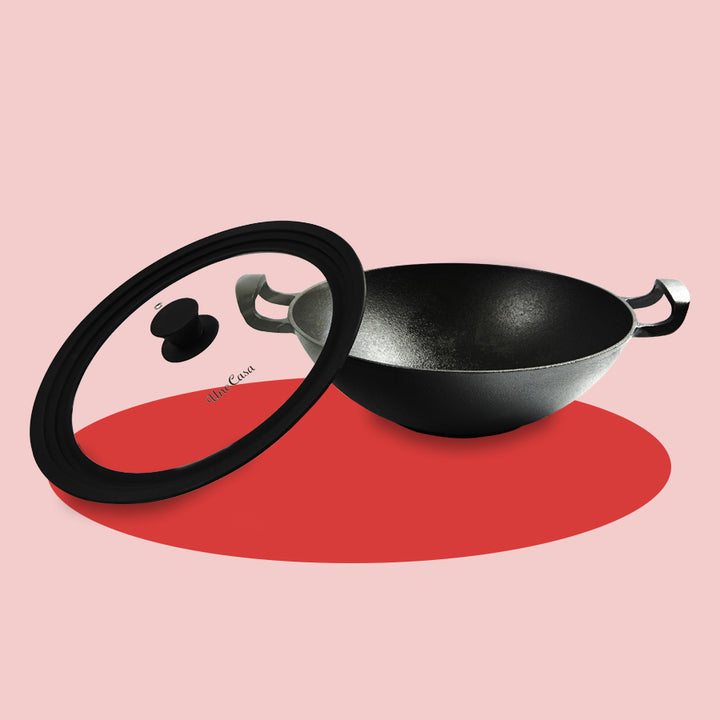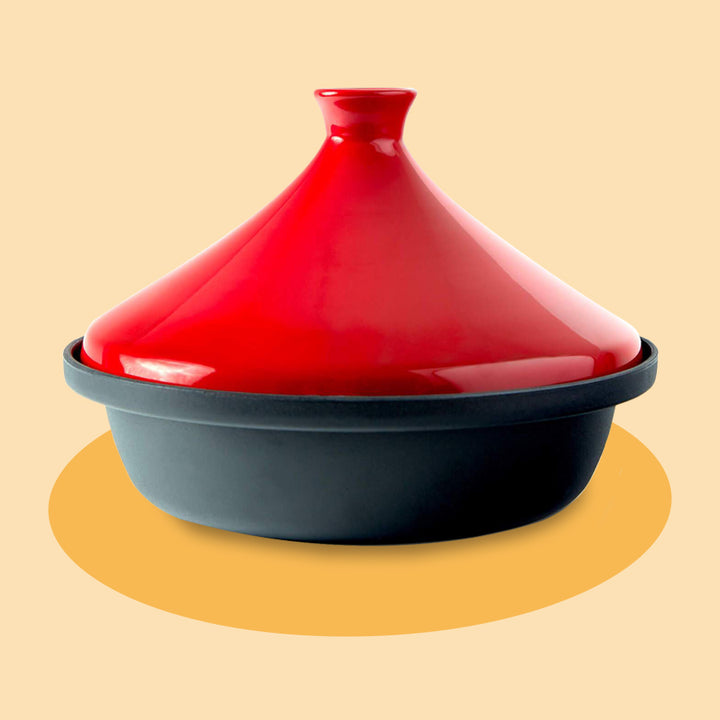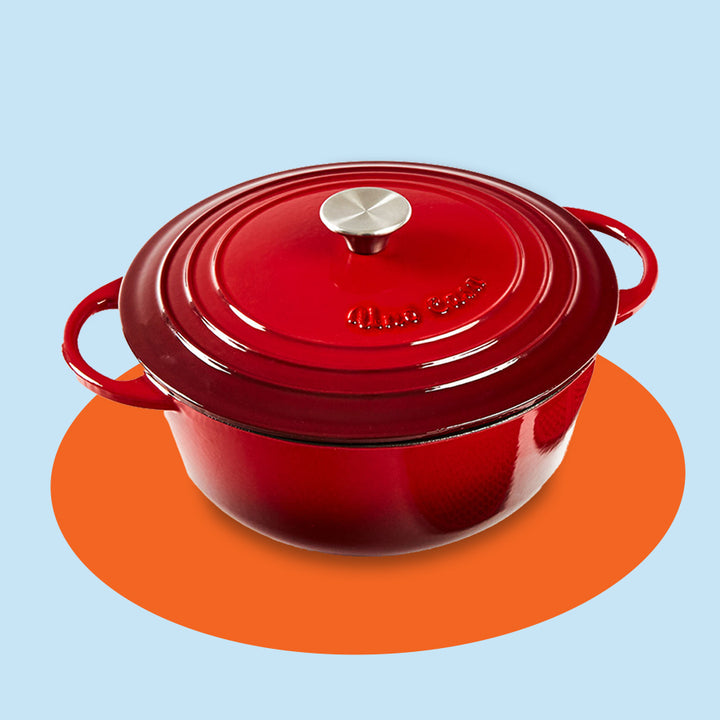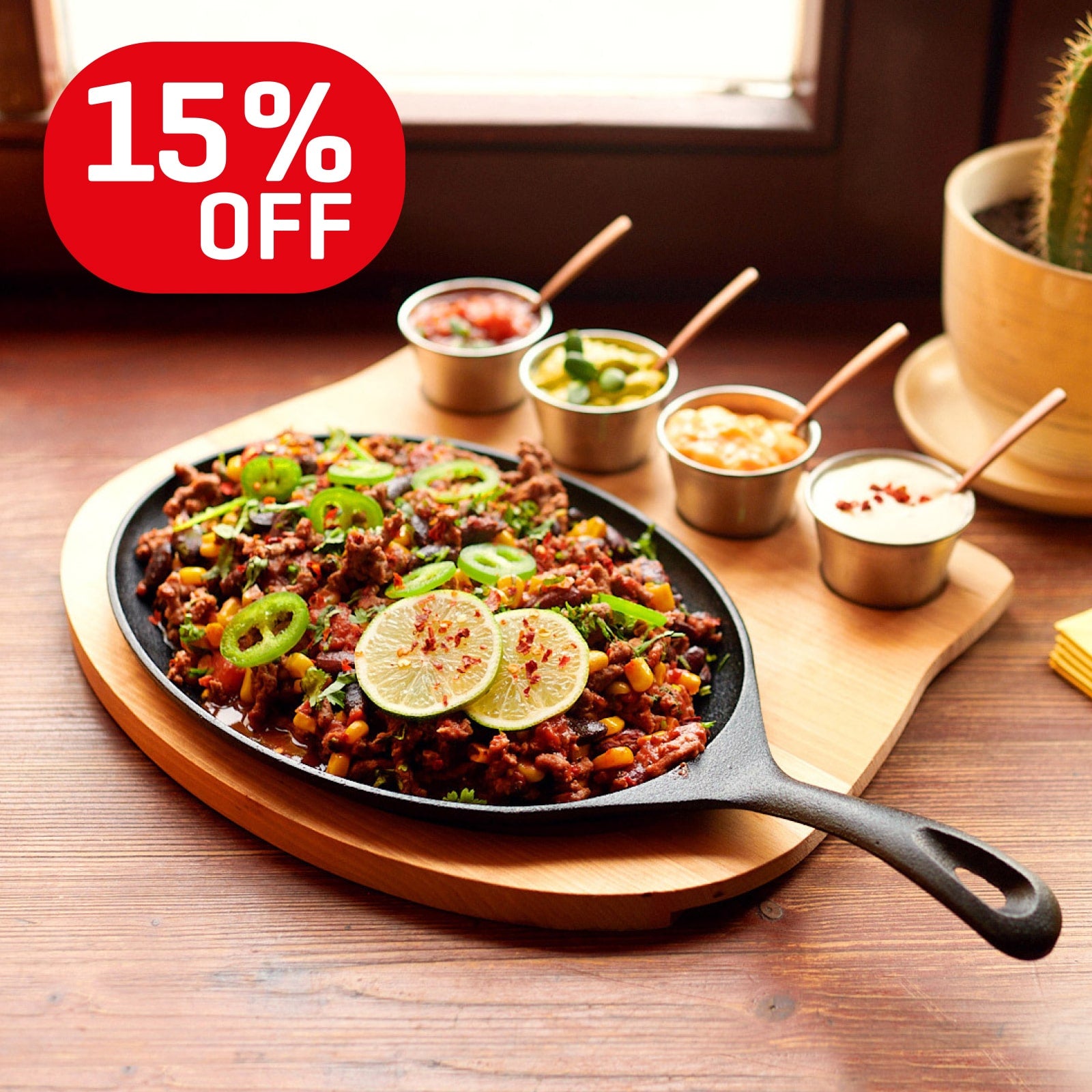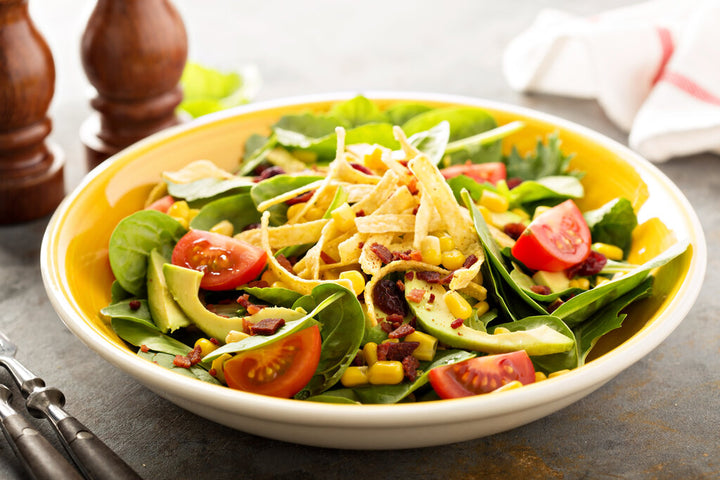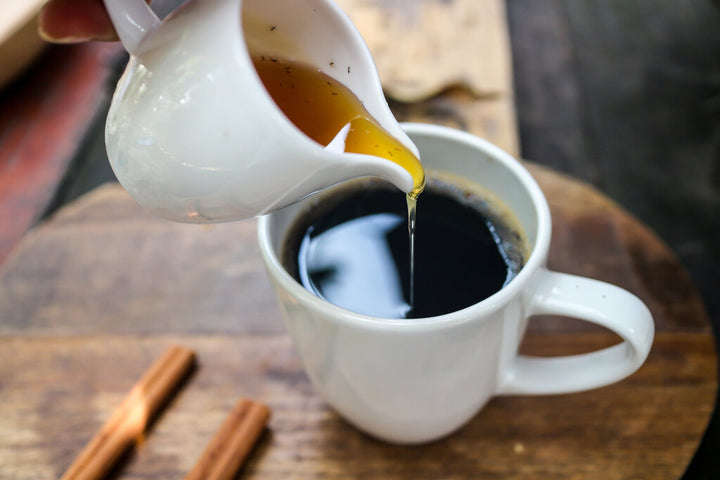How to Clean a Wok Without Ruining Its Seasoning

Tossing a big stir-fry around your wok is some of the most fun you can have while cooking. We love these multi-use and versatile kitchen tools, but they require a soft hand and some specific yet simple wok maintenance techniques. Read our wok guide below to learn how to wash a wok without ruining its precious coat of seasoning.
We're busting the myth right here and now: learning how to clean cast-iron is not as difficult as it seems, and it's almost impossible to wreck a seasoned wok beyond salvation.
We love using our wok to heat up a delicious stir-fry, but this handy kitchen tool with Asian origins is so much more than just a skillet. Those tall sides allow you to do what other pans don't and open you up to the world of liquids.
We see our wok as the “spork of cookware,” a hybrid between pan and pot more than one or the other. Why choose if you don't have to?
Whether you decide to try cooking with carbon-steel wok pans or using our personal favorite, the cast-iron version, the cleaning, and maintenance is almost identical.
Read our guide to learn more about seasoning a wok before the first use and care for it properly after cooking time is finished.
What is a Wok?
If you don't already have a wok, we highly recommend you add it to your kitchen tool wishlist ASAP – we get plenty of use out of this round or flat-bottomed pan with high walls.
The wok pan originated over 2,000 years ago in China, and its popularity seems to spread a little further each year.
Woks are popular because they're so helpful. The high-walled sides allow your ingredients to make more contact with the pan, helping to cook your meals evenly. If you develop enough talent to do the wok toss, wok cooking can also be super fun. And if your wok is cast-iron, we consider it a solid arm workout too!
Any good wok surface has a solid wok seasoning, a build-up of oil that helps prevent food from sticking to its surface. As a bonus, you don't need to add much oil into the foods you cook in your wok; the wok patina cast-iron offers takes care of the rest.
Not only do your foods touch more of the pan's surface, but carbon steel and cast-iron versions both have better heat distribution than many other pans. You can significantly decrease your cooking time by using a wok and get even better results!
You can use a wok for stir-fries, but it has so much more cooking potential to offer – try deep-frying, boiling, and as a make-shift smoker with wood chips and a rack.
The Ultimate Guide to Cleaning Your Wok
Cast-Iron Vs. Carbon Steel
These two wok materials are both readily available and relatively inexpensive. We love to cook with our cast iron wok because you cannot beat the durability.
While they both work a little differently during the cooking process, there is virtually no difference in how to clean a cast-iron wok vs. how to clean carbon-steel wok pans. The special patina carbon-steel and cast-iron both offer helps to provide a barrier on the pan. These cleaning methods protect the wok's barrier, which in turn protects any material underneath.
Cast-iron and carbon-steel wok care processes are the same because they're both seasoned with oil.
If you have either wok type at home, you can follow our cleaning tips below to keep your wok in beautiful shape for many years to come.
How to Care for a Wok Before the First Use
Cleaning a wok for the first time is easy – wash your brand-new pan in hot soapy water, and scrub with a non-metallic wok brush or scrub pad. Rinse the wok and dry well with a clean cloth.
Then, place the wok on a burner and set it to high heat for 10 minutes. Once the wok is fully heated, dip a piece of paper towel in some cooking oil. Use some long-handled tongs to rub the paper towel over the wok's surface, including up the sides.
Remove the wok pan from the heat and let it cool.
How to Clean a Wok After Cooking
Cleaning a seasoned wok is relatively easy – cast-iron and steel seasoning require some special care, but it's not nearly as fragile as some people try to claim.
Step #1: Place your wok in hot water while it's still a little warm.
Your wok can handle a little water for short periods, but what it can't take is prolonged soaking and not being dried immediately after the wash.
Feel free to add a drop of mild dish soap to the water if you like; contrary to some wok care myths, it won't harm your seasoning.
Step #2: Scrub the wok with a sponge or nonmetal scrubbing pad.
If you accidentally cooked at too high a temperature or with not enough oil and wonder how to clean a wok with burnt food, it's best to give it a very short soak to loosen things up a bit.
Leave your wok in the sink water for a few minutes, and then get to cleaning carbon-steel wok pans with a cloth, sponge, or non-abrasive scrub brush – stay away from steel wool, which can harm your hard-earned seasoning.
You can also buy a relatively inexpensive wok cleaning brush made of bamboo that gently gets the job done well.
Step #3: Rinse your wok with warm water.
Once you remove the extra food debris from your wok, you can lift it out of the sink and rinse it well with warm or hot water. Check for any leftover food particles.
Step #4: Dry the wok on the stovetop.
Place your wok on a stovetop burner and set it to medium-low heat. Keep the wok on the heat until all of the water evaporates off the pan, then turn off the heat.
How to Remove Rust from Wok Pans
From time to time, your wok may end up with some rust on it – first, assess how your pan came into contact with the excess moisture, and consider alternate storage solutions.
But for now, you'll want to know how to remove rust from a wok properly.
- Soak your wok in warm water for 5 minutes, then clean as usual. You can also use some steel wool for excessive rusting – don't worry, you'll re-season the wok afterward.
Before you place your wok in the water, you can also try a salt scrub. Place some coarse salt in your wok and scour with a dry dish towel.
- Dry the wok over medium-low heat on the stove for 10 minutes.
- Turn the burner up to high and add 2 Tbsp of cooking oil, like canola, to the wok. Swirl to coat the surface (use an oven mitt).
- Heat the oil and continue occasionally swirling with a spatula until you see a glaze form.
- Let the wok cool to harden the outer coating.
Final Note: Proper Wok Storage
To keep your wok in tip-top shape, it's not only about how you care for it – you also need to store your wok correctly to ensure it doesn't rust.
After your cleaned wok cools, rub a light, thin coating of vegetable oil on the surface. Store your wok in a clean, dry cupboard where it won't be close to a load of moisture.
Keep an eye on your wok and watch for minor signs of rust that you can scrub away before they become a bigger problem!
Leave a comment
Comments will be approved before showing up.
Also in Tips
